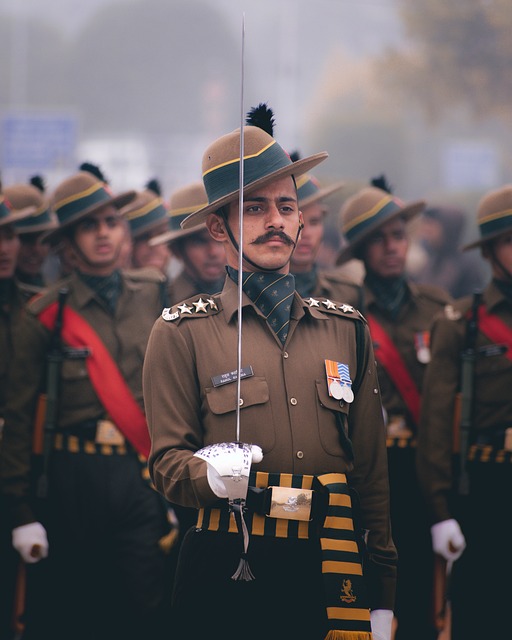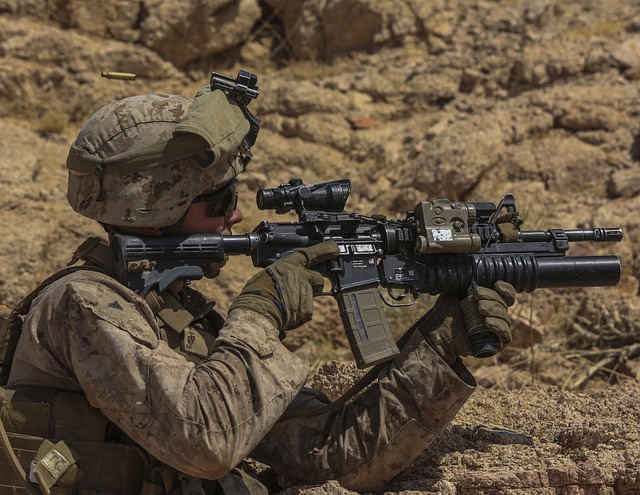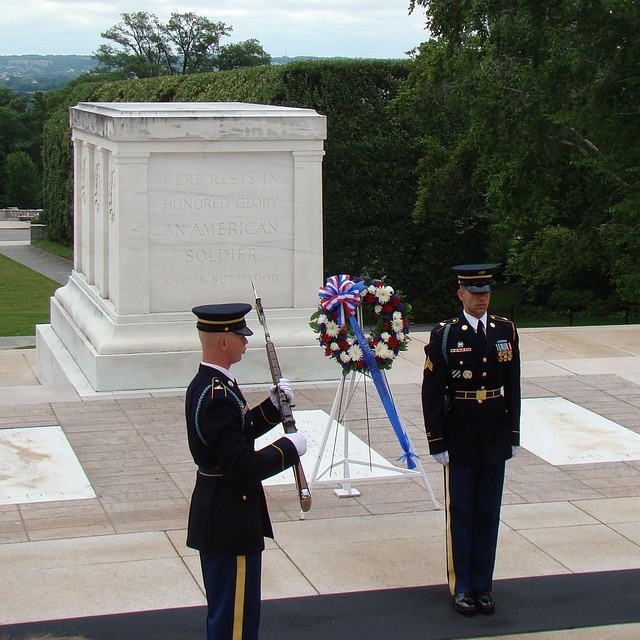
The US Army Rangers Flag holds deep historical significance and symbolizes the bravery and tenacity of one of America's most esteemed military units. From its origins during World War II to its critical role in contemporary counterterrorism operations, the flag represents the unit's storied history and values. It is prominently displayed in national parades and ceremonies, such as the National Memorial Day Parade, where current Rangers honor their heritage with precision and pride. The flag stands as a symbol that bridges the past with the present, serving as a tribute to those who have served and a source of inspiration for future generations within the unit. It is a national emblem that underscores the shared values of courage and commitment that define the Rangers, highlighting their ongoing legacy as an integral part of America's military tradition. The flag's display not only fosters camaraderie among Ranger units but also reflects the collective military achievements and evokes national pride. It continues to embody the unit's evolution and adaptability in response to changing military engagements, ensuring that it remains a lasting symbol of the highest standards of service and dedication to the nation.
The US Army Rangers Flag holds a prominent place within the tapestry of American history, serving as a symbol of honor and resilience that transcends time. This article delves into the historical significance of this emblematic flag, its enduring symbolism, and its integration into significant national and military events. From its inception to its modern-day presence in parades and ceremonies, we explore the evolution and role of the US Army Rangers Flag, highlighting its impact on collective memory and identity. Join us as we honor the legacy and contributions of this esteemed unit through the lens of their iconic flag.
- Historical Significance of the US Army Rangers Flag in Parades and Ceremonies
- The Symbolism of the US Army Rangers Flag: A Mark of Honor and Resilience
- Integrating the US Army Rangers Flag into National and Military Events
- The Evolution of the US Army Rangers Flag's Role in Modern Parades and Ceremonies
Historical Significance of the US Army Rangers Flag in Parades and Ceremonies

The US Army Rangers Flag carries a rich history and symbolizes the valor, tenacity, and dedication of one of America’s most elite units. In parades and ceremonies, this emblematic flag serves as a tangible representation of the Rangers’ storied past, from their inception during World War II to their ongoing counterterrorism operations. As participants march with precision and pride in annual events like the National Memorial Day Parade, the Ranger Flag is prominently displayed, its presence a reminder of the sacrifices made by these soldiers. The flag’s prominent showing in such gatherings underscores the unit’s contributions to military history and their role as an icon of American military prowess. It is a moment when past and present converge, as the Ranger Flag pays homage to the heritage of the unit while inspiring current and future generations of Rangers who continue to uphold the ideals of courage and commitment. The flag’s presence in these settings not only honors the fallen but also reinforces the enduring legacy of the US Army Rangers, a legacy that is deeply interwoven with the fabric of American military tradition.
The Symbolism of the US Army Rangers Flag: A Mark of Honor and Resilience

Integrating the US Army Rangers Flag into National and Military Events

The Evolution of the US Army Rangers Flag's Role in Modern Parades and Ceremonies

The US Army Rangers Flag has a storied history that intertwines with the essence of American military valor and tradition. Originally, the flag was a symbol of the elite units within the Army, serving as a rallying point during training exercises and covert operations. Over the years, its presence in parades and ceremonies has evolved from a representation of individual regiments to an emblem of collective military achievements and national pride. Today, the US Army Rangers Flag is prominently displayed in various national events, symbolizing the indomitable spirit and legacy of the Rangers who have fought valiantly across diverse terrains and conflicts. The flag’s presence in modern parades often coincides with significant commemorative dates, honoring those who have served and continue to serve in this esteemed unit. Its role has expanded beyond the military context, becoming a unifying symbol that resonates with the broader American public during these ceremonial gatherings, underscoring the values of courage, honor, and commitment that the US Army Rangers embody.
In modern parades and ceremonies, the US Army Rangers Flag serves as a tangible connection to the past, representing the evolution of the unit’s role in national defense. It is not merely a flag; it is a narrative of sacrifice, bravery, and resilience that has been etched into the fabric of American history. The flag’s consistent presence at key events, such as memorial services and anniversary celebrations, reinforces its significance as a national symbol. The evolution of its role reflects the changing nature of military engagements and the enduring respect for the Rangers who have upheld the highest standards of service. As such, the US Army Rangers Flag continues to inspire those who witness its majestic display, reminding all who see it of the continued commitment to protect and serve the nation’s interests with unparalleled determination and integrity.
The US Army Rangers Flag carries a rich history and profound symbolism, serving as a tangible representation of honor and resilience within the fabric of American military heritage. Its presence in parades and ceremonies across the nation underscores the pivotal role that the Ranger regiment has played in shaping the course of history. As the flag’s role has evolved to reflect contemporary values and achievements, its inclusion in both national and military events remains a testament to the enduring legacy of the United States Army Rangers. The flag’s journey from battlefields to public celebrations is a narrative that honors the past while affirming the commitment to the principles for which the Ranger regiment stands.







